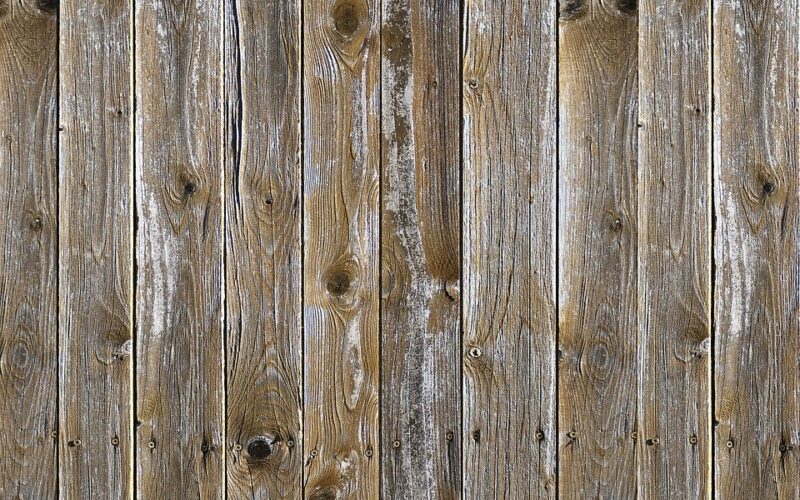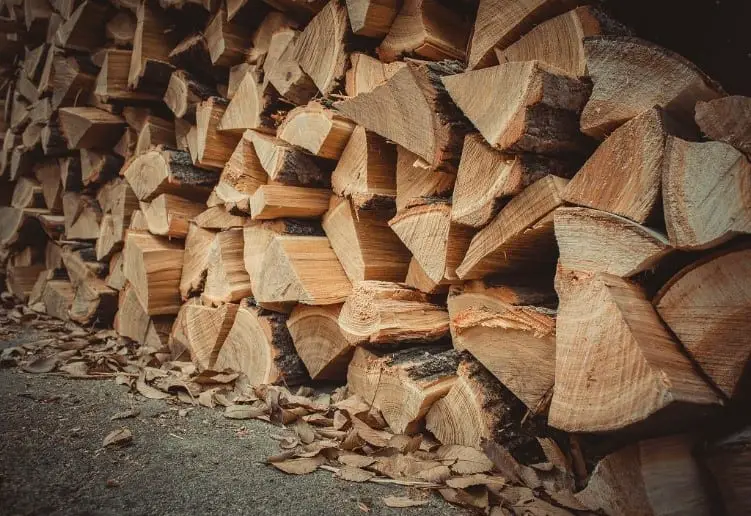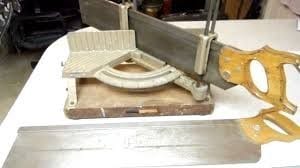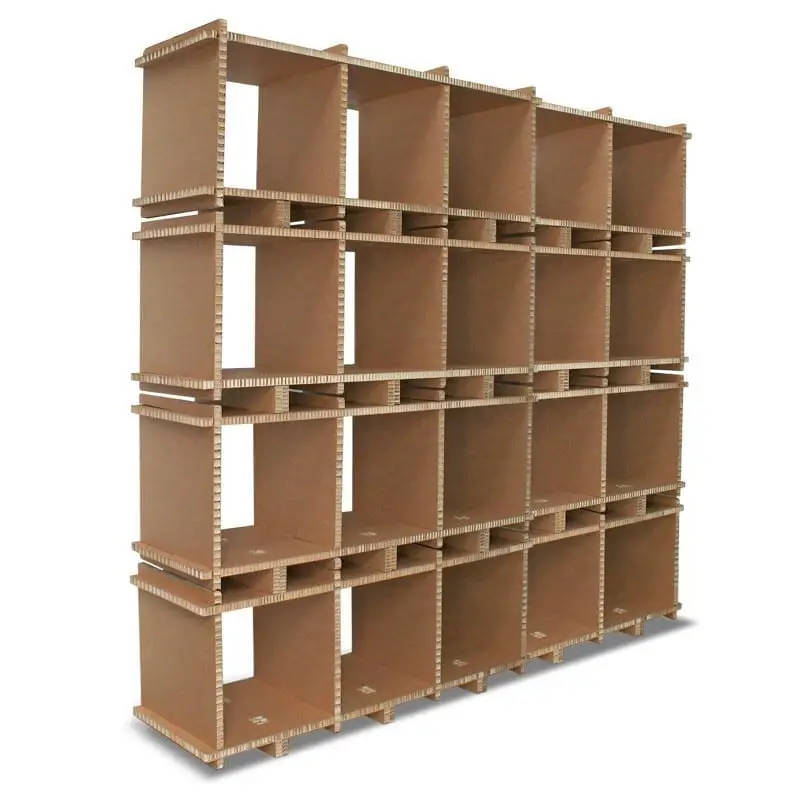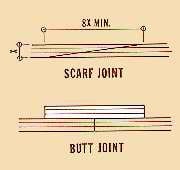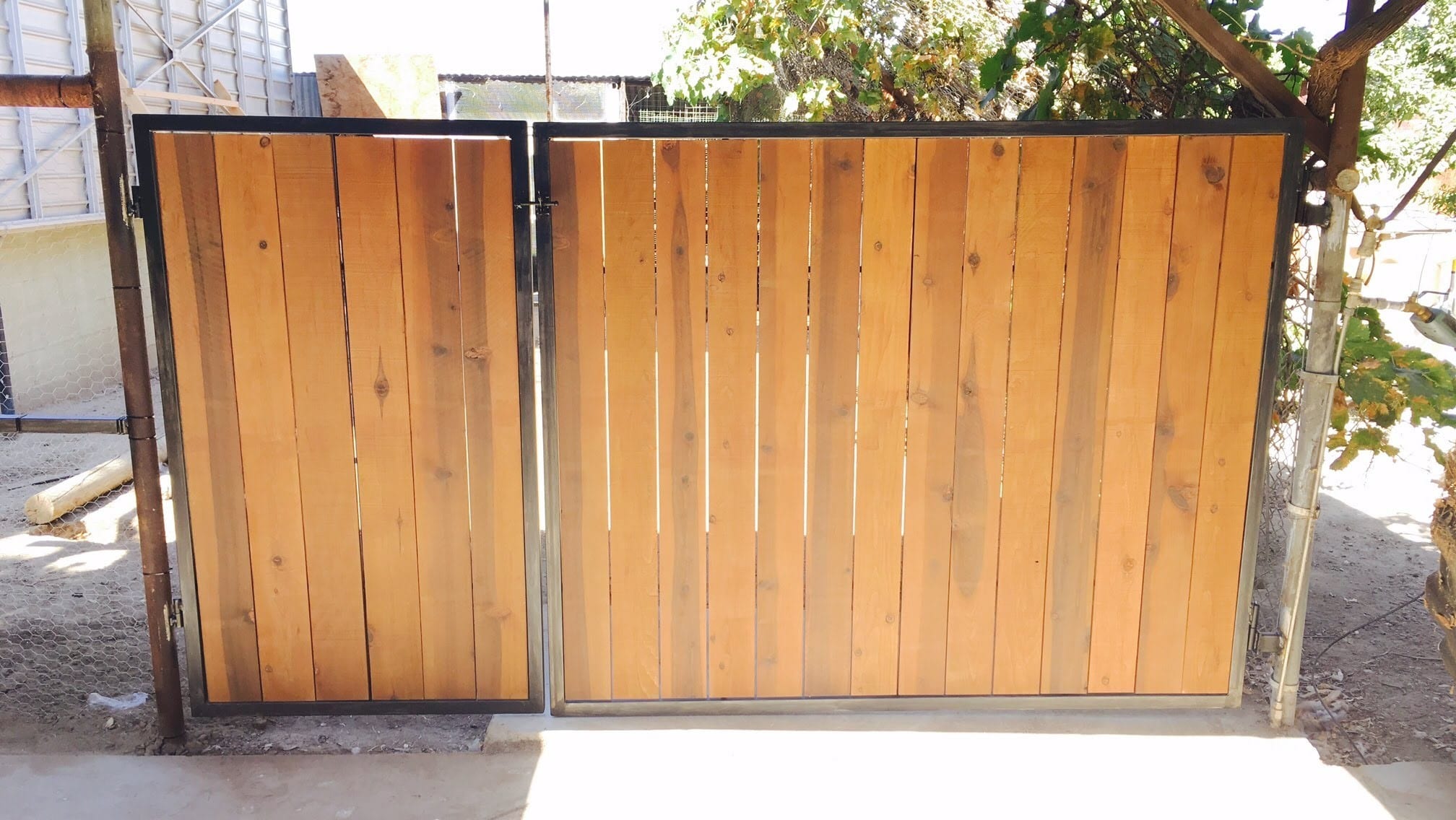
If you know how to use steel wool on wood properly, it can be an excellent tool for removing stubborn stains from wood. Watermarks and pen marks, for example, might be difficult to erase. But once you’ve tried steel wool, you’ll be addicted!
However, this does not imply that you should give up! You can restore the appearance of your wood furniture with a little time and work.
Steel wool is a bundle of very fine and flexible sharp-edged steel filaments also known as iron wool, wire wool, or wire sponge. In 1896, it was reported as a novel product. It’s used as an abrasive for polishing wood or metal objects, cleaning domestic cookware, washing windows, and sanding surfaces in finishing and repair work. Steel wool is created from low-carbon steel by pulling a heavy steel wire through a toothed die that removes thin, sharp wire shavings in a process similar to broaching.
Tools you will need
· Vinegar
· Paper towel
· Clean rags
· Warm water
· Soap
· Steel wire
How to use steel wool on wood
Steel wool is a substance that resembles fabric and is wound around long steel wires. After that, the wire wool is twisted together to make a stand. The strands of steel wool fibers are crushed, heated, and stretched into thin rods for cleaning and polishing.
Steel wool can be made from stainless steel or carbon steel. Stainless steel is softer and safer for many aged wood project chores, whereas carbon steel has a higher resolution and resists corrosion better.
Steel wool is a fantastic material for cleaning wood furniture and cupboards if you thoroughly understand how to use steel wool on wood. It will quickly remove even the toughest stains. You’ll have a lovely piece of furniture that’s easy to clean and care for with a little elbow grease!
Steel wool can also be used to keep rodents at bay. Small holes are covered with coarse grade steel wool. These cause intense agony in the mouth if gnawed on by mice and, if consumed, serious internal damage that can lead to death. Steel wool will also give your wood a nice gloss and protect it from dust nibs in the future. The following are some techniques for utilizing steel wool on wood:
Step 1

Check out this approach to determine whether you have a water or oil stain. Water stains appear to fade into the wood, whereas oil stains appear greasy and are absorbed into the wood.
Step-2

Steel wool is rough on your hands because it’s made of real steel, so put on some gloves before you start cleaning! A pail of warm water with dish soap, a soft-bristled brush (optional), vinegar, paper towels, clean rags or cloths, and a soft-bristled brush. These are also required (dish soap is a degreaser, it breaks the bond between the oil and your wood).
Step-3

Steel wool comes in a variety of grades, which you can choose from depending on how tough you want the scrubbing to be:
New wood surfaces and light marks are scoured with more steel wool.
Fine steel wool works well for removing old wax residue from furniture, but it won’t remove water stains or other stubborn defects. The abrasiveness of medium-grade steel wool is more than that of fine steel wool, thus it will help remove heavy filth while being soft enough not to damage your wood surface. Any stubborn stains or flaws on your wood surface will be effectively removed with heavy-grade sandpaper. It can also leave grooves behind, so keep that in mind when deciding which grade to use.
Step-4

Cover your work area with a layer of paper towels, then put your gloves on top of that (the oils from your hands will damage the wood if left on for too long). Then, if you’re using vinegar and dish soap, lay down an old towel or fabric that you don’t mind getting discolored. If at all feasible, have the wood elevated. It’s a good idea to have one person hold the item while the other cleans.
Step-5

Scrub all of those wood stains away with the steel wool soap mixture! You can also use a soft-bristled brush to get into any cracks or crevices on your furniture, but be careful not to overuse it.
Step-6

You often cannot clean all four sides at once. This is because they won’t fit on the towel beneath your work area. In such a case, switch them out one at a time until all four sides are properly scrubbed. Someone might be able to hold the piece while you scrub!
Step-7

As you might expect, this form of cleaning makes a mess, so have plenty of paper towels on hand to wipe up any spills and change your wash water frequently.
Step-8

To dry the wood floor, use clean cloths or a paper towel. This will also assist to remove any steel wool stains and give the surface a great sheen!
Step-9

Now that the wood has been cleaned and dried, it’s time to protect it from future stains!
Get some furniture paste wax and follow the instructions on how to use it. If you prefer a less sparkly effect, you can use a clear matte finish spray.
Step-10

Everything is spotless! Now it’s time to protect your freshly sanded wood so that future stains have a harder time adhering, just like you should do with your skin after a day in the sun! After a satin finish, use a tack cloth to apply a good coat of polyurethane, oil, mineral spirits, or sealer. Then just watch as your wood sparkles once more!
Conclusion
It is important to know how to use steel wool on wood. It is an excellent way to remove difficult stains from wood, and if you know what tricks to employ, the procedure may be simple. Please contact us if you have any questions regarding this process or need assistance selecting steel wool for your project.
We will gladly provide all essential advice on how to clean up those annoying spills without further ruining your lovely piece of furniture!
Also, do not leave coarse steel wool on bare wood for an extended period because it can damage the surface. Instead, use a soft scrubbing to avoid causing any unwanted damage to your furnishings.
